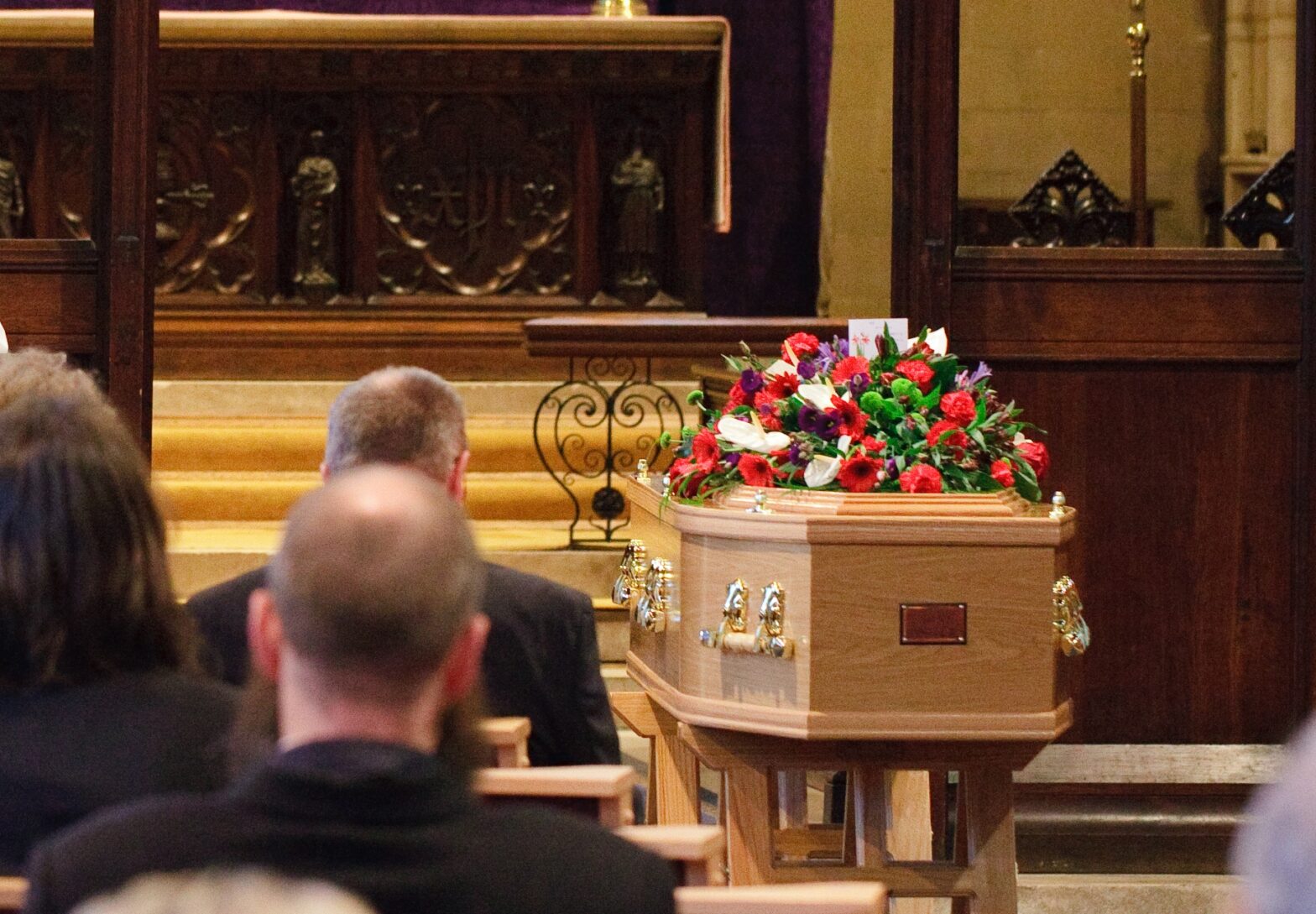How Vigil Eucharists the night before a funeral support grieving families
Why and how to organise a Vigil Eucharist
IN THE LAST FEW YEARS, the Revd Jeremy Brookes has increasingly encouraged members of his congregation to consider planning ahead of time for having a Vigil Eucharist on the night before their funeral. He believes that when the time comes, it helps the family to acknowledge the faith of the person who died, and the Vigil can be a powerful service bringing comfort and solace for them too. Here are some thoughts from Jeremy on why and how to organise one.
We are not an Anglo-Catholic parish, where the practice of a Vigil has been more common, but I have found a Vigil Eucharist to be enormously powerful for mourners, and provides solace to them in a different way from the main funeral.
The benefits of a Vigil Eucharist
- We place the Eucharist at the heart of this service. It is strange that we are so reluctant to celebrate the Eucharist around the dead, when in recent years it has become central to church life. Often, it can seem impractical to have a Eucharist in a main funeral service, particularly where the deceased’s family do not share their faith – and even when they do, many of those present at the funeral would not. The vigil allows a much smaller group to gather and be reminded of the journey of faith that their friend or family member has made.
- It is increasingly common for a private committal service to go before a more public act of thanksgiving. This means that the person who was a faithful church member in life is not brought into church in death, which many people find very hard. A vigil service on the eve of a funeral allows a person to rest in church through the night.
- A vigil service makes full use of symbolism as much as words. The church is candle-lit and symbols of faith, such as the waters of baptism, a cross and a bible are placed on the coffin. The consecrated host and wine are similarly placed there – a link back to the early Christian practice of placing the consecrated host in the mouth of the deceased to carry him or her over the Jordan in defiant copying of the pagan practice of placing a coin in their mouth to pay the ferry man who took the dead across the River Styx to Hades.
- When we have been aware that the main funeral service will be very large, it offers the family a more intimate setting for private grief. Whilst it can be comforting to walk into the funeral of a family member and see several hundred people there, it can also feel as though the person they knew and loved as husband, wife, child, parent has to be shared in death with so many others. A small vigil for immediate family and friends provides a more intimate setting where it can be easier to be aware of your own grief.
The practicalities
Timing
We tend to hold Vigils in the early evening. Sometimes Funeral Directors are willing to bring the person to church out of normal hours – though they will charge the family a lot more to do so – but otherwise, the coffin is brought in at the end of the normal working day. I find enough to do in the church getting ready for the service with the coffin in place not to have to leave before the Vigil starts.
Length
It has not been our tradition to watch through the night with the coffin. At the end of the service, people have been free to stay as long as they like or go as soon as they like, and people react differently to this. On occasion, they have spent a great deal of time around the coffin, talking to their loved one, acknowledging his or her presence, saying their farewells; other families have left fairly quickly. I remind the family that by bringing their loved one into church, we remember that they are in the presence of the one who watches over Israel and neither slumbers nor sleeps – and so will watch over their loved one.
Music
Sometimes we sing a hymn or two as part of the service, otherwise, we say a Psalm together. Because of the importance of symbol alongside word in a Vigil, music is a key part, but sometimes that can be done by means of recorded music rather than through people singing.
Seating
If at all possible, I have the whole congregation sat surrounding the coffin. When they come up for communion, they walk past it and this allows them to touch it, to address it, not to fear it.
Resources to help
- A sample Vigil Eucharist liturgy, which Jeremy has adapted from the Church of England vigil service (which does not provide for a Eucharist) and the Roman Catholic one.
- You can find the liturgy in Jeremy’s book, Heaven’s Morning Breaks (published by Kevin Mayhew, 2013). Adapt as you wish, depending on the circumstances and needs of the actual service.








